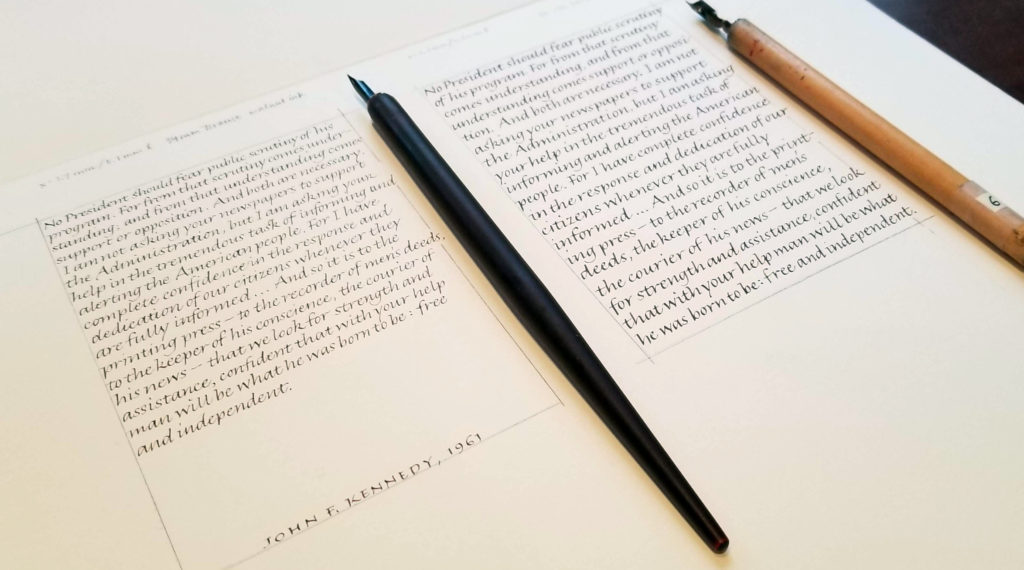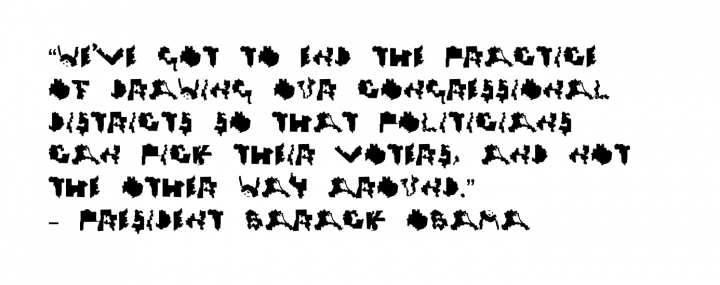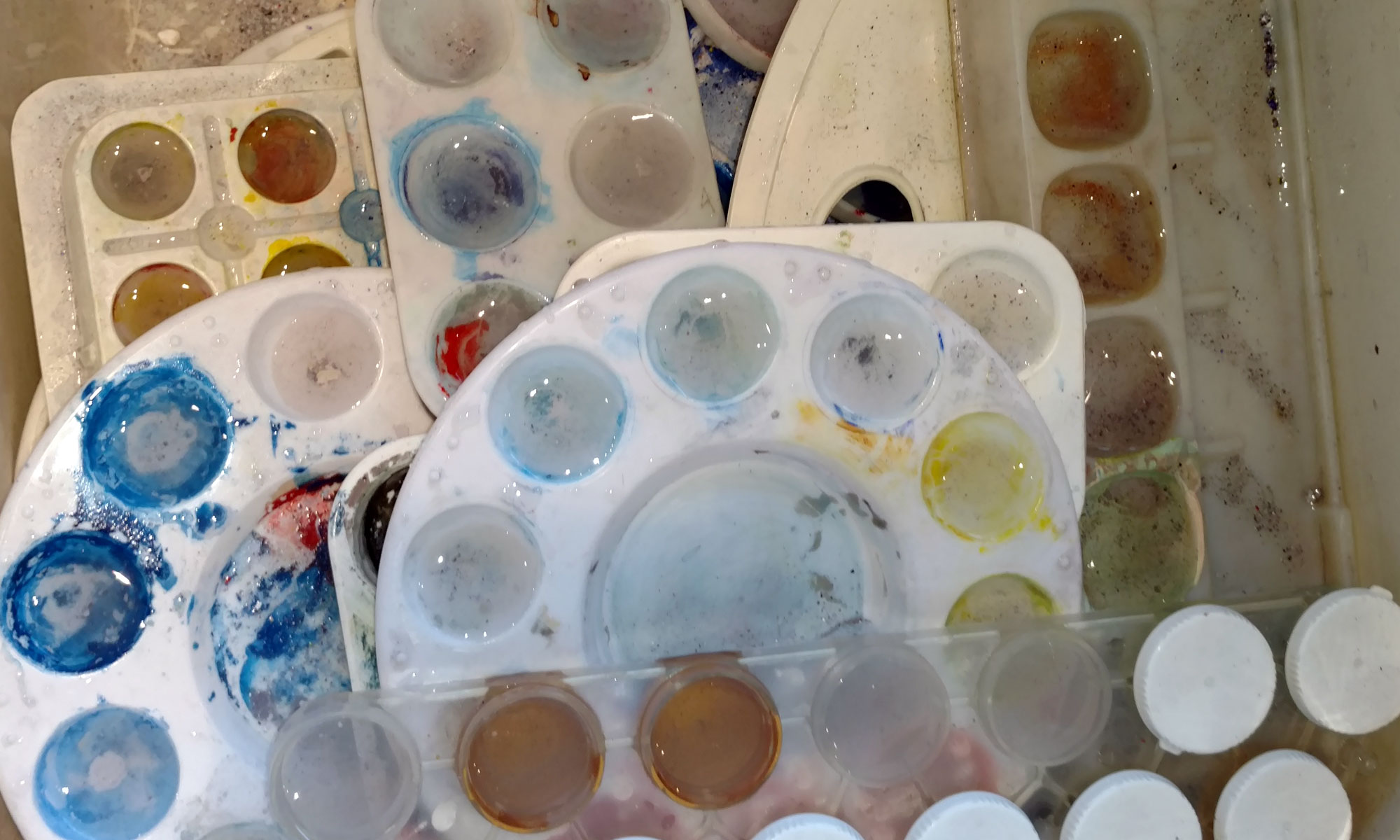
I’ve been making progress on my latest variable edition of manuscript books, which includes, in part, quotations from presidents 1-44 on threats to democracy. Writing out these quotations has been a good experience, reminding me that our nation has had some great leaders.
It’s interesting to see what how other artists are addressing our current political problems.

Hyperallergenic reports on a new typeface, “Gerry”, which renders maps of gerrymandered districts into letters of the alphabet as a commentary on the “eroding of democracy.” The entire article is here.
I would like to have attended the exhibit “Hope to Nope: Graphics and Politics 2008-2018” at the Design Museum in London last year … before many of the artists removed their artwork from the exhibit early to protest the the “artwashing” of an arms industry leader: the museum hosted a private event for Leonardo, an Italian defense contractor.
Paul Kennard had donated Union Mask, which featured an image of a gas mask spewing US and UK missiles, to the museum, but demanded that his work be withdrawn from the exhibition. As he put it, “I certainly don’t want my work to be viewed during a jolly by arms dealers at the museum.” Protesters held signs that read, “#NopeToArms and “The revolution will not be patronised.” Clever.
AIGA has devoted an entire category (or is it a tag?), Politics + Design, on their website. My favorite recent article, filed in Design History 101, is one about Corita Kent.

